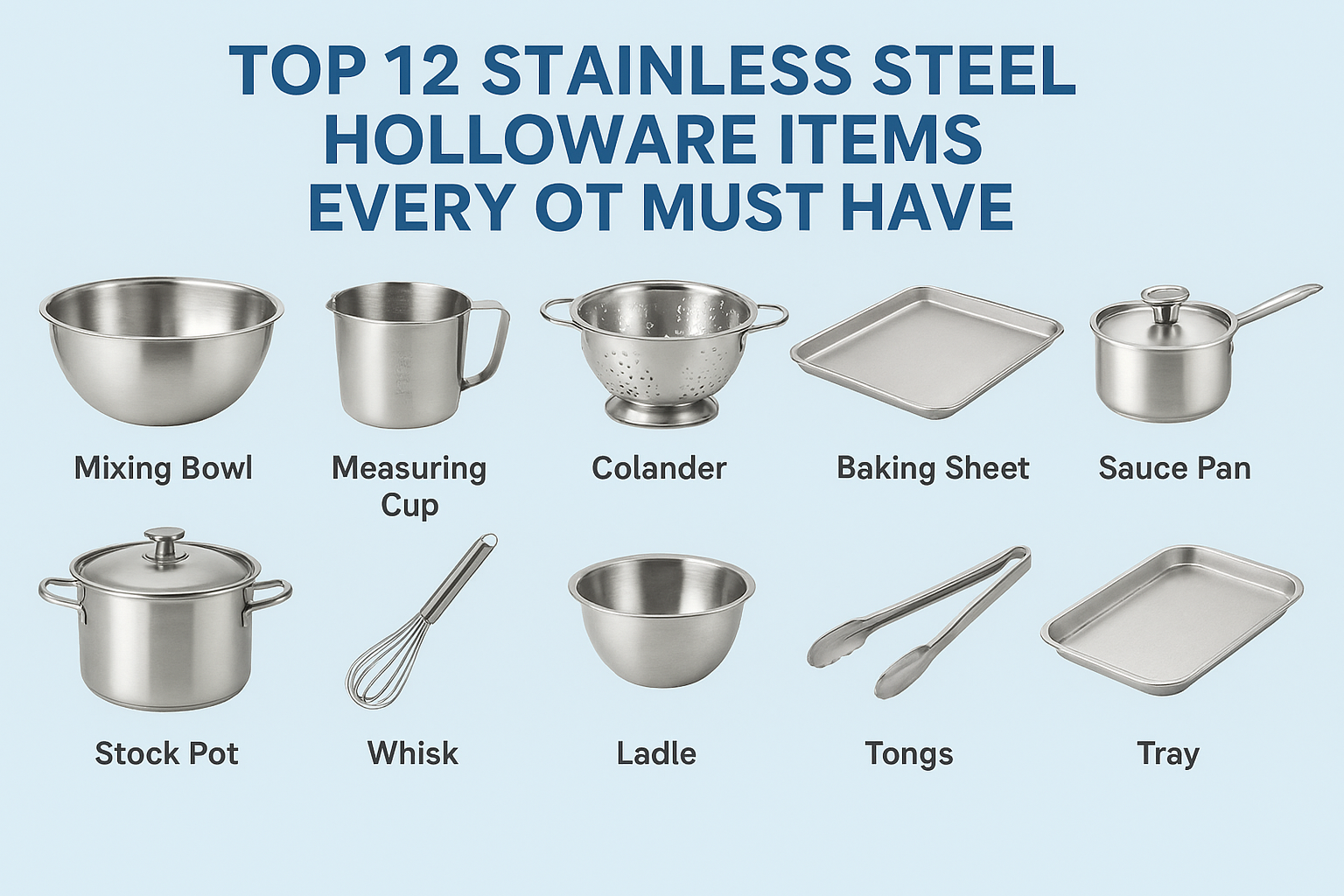Hospital trays are essential instruments in the medical field that are used for anything from patient care to surgical procedures. These trays are made to fit the unique requirements of both patients and healthcare professionals. They are available in a variety of sizes, shapes, and materials. We’ll dive into the world of hospital trays in this blog, looking at their materials, sterility, common usage, and adaptability in various healthcare environments.
What are the common materials used to make hospital trays?
Hospital trays are usually constructed from sturdy, easily-cleaned materials to provide both functionality and hygienic conditions. Stainless steel, aluminium, plastic, and silicone are a few common materials. Stainless steel trays are preferred because of their durability, simplicity of sterilisation, and resistance to corrosion, which makes them perfect for use in surgical environments. Contrarily, plastic trays provide disposable, lightweight solutions that are appropriate for one-time usage in non-surgical environments or single-use applications.
How are hospital trays used in surgery?
Hospital trays are essential for arranging and storing surgical instruments, sutures, bandages, and other sterile materials needed for procedures in surgical settings. Surgical teams depend on precisely placed trays to guarantee accuracy, safety, and efficiency in their procedures. To preserve a sterile environment and lower the risk of surgical site infections, these trays are made to work with sterilisation procedures like autoclaving.
also read:- Different types of instrument trolleys for hospitals
Are hospital trays sterile?
It is true that hospital trays used in operating rooms are sterilised to maintain aseptic conditions and shield patients from infection while doing surgery. Hospital trays are frequently sterilised using ethylene oxide gas sterilisation, gamma irradiation, and autoclaving. Trays are sterilised, then meticulously wrapped and kept in a sterile setting until they are required for use in surgery. Following stringent sterilisation procedures is crucial for healthcare facilities to uphold infection control and patient safety standards.
Can hospital trays be used for patient care in non-surgical settings?
Indeed, hospital trays are used for patient care, diagnosis, and therapy in a variety of non-surgical settings outside of the operation room. Trays are used in clinical settings, including emergency rooms, outpatient clinics, and patient rooms, to transport and arrange medical supplies, drugs, supplies for wound care, and diagnostic equipment. These trays facilitate improved productivity, expedite processes, and guarantee that necessary materials for patient care are available.
How are hospital trays different from regular trays?
Unlike typical trays used in homes or businesses, hospital trays are made especially for use in healthcare environments. Hospital trays are meant to adhere to stringent safety and hygiene regulations and are constructed of materials that can survive many sterilisation procedures. They frequently have separators, compartments, and tight closures to effectively store and move medical goods. Hospital trays can further improve productivity and organisation in healthcare environments by labelling or color-coding their contents and intended use.
Hospital trays are multipurpose instruments that are essential to the provision of healthcare in various contexts. These trays improve the order, effectiveness, and safety of healthcare procedures whether they are used in the operating room, emergency room, or patient room. Healthcare workers may make the most of hospital trays and give patients superior treatment by being aware of its common materials, uses, sterility, and versatility.






